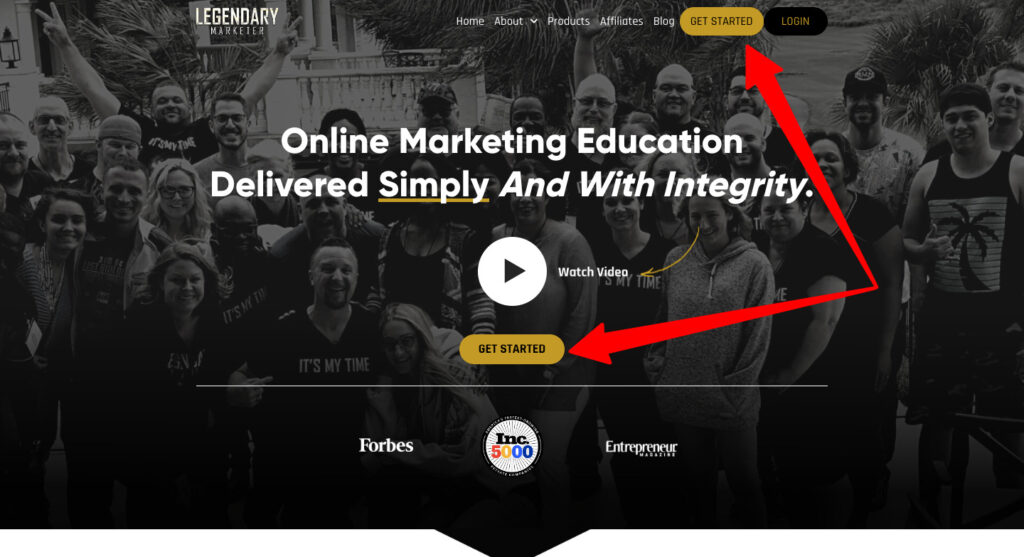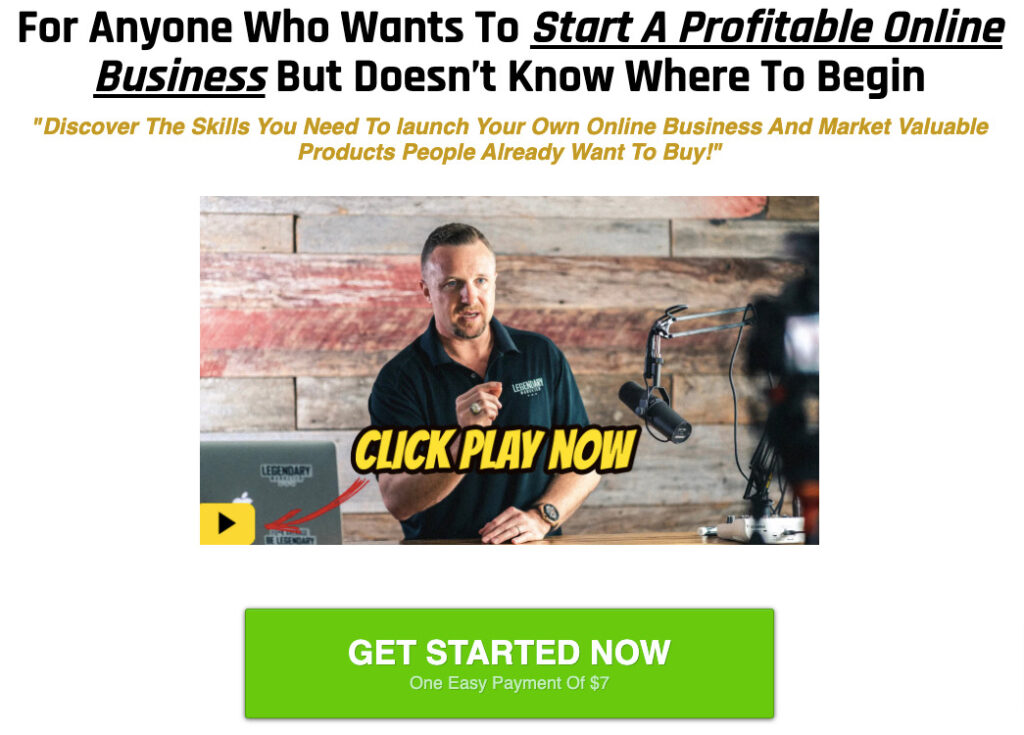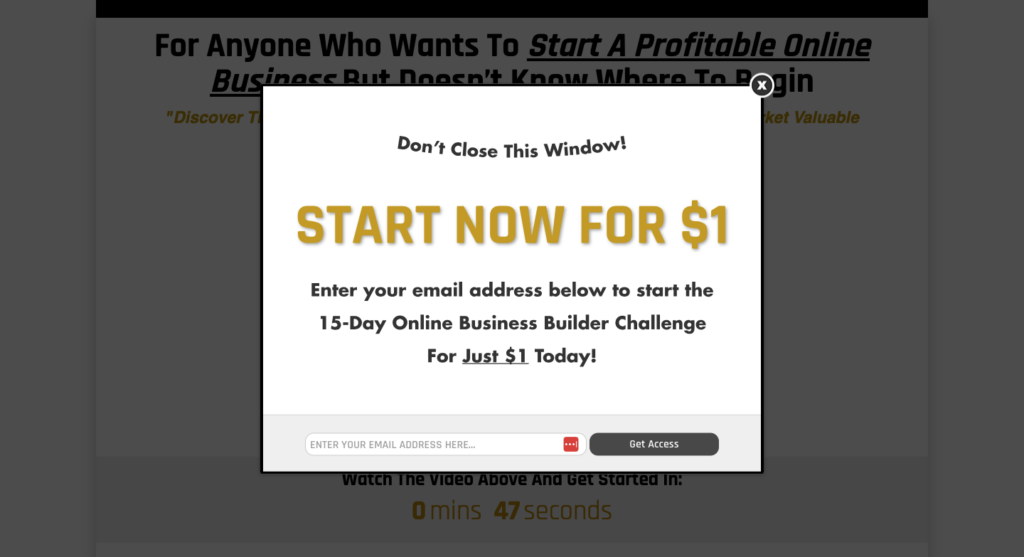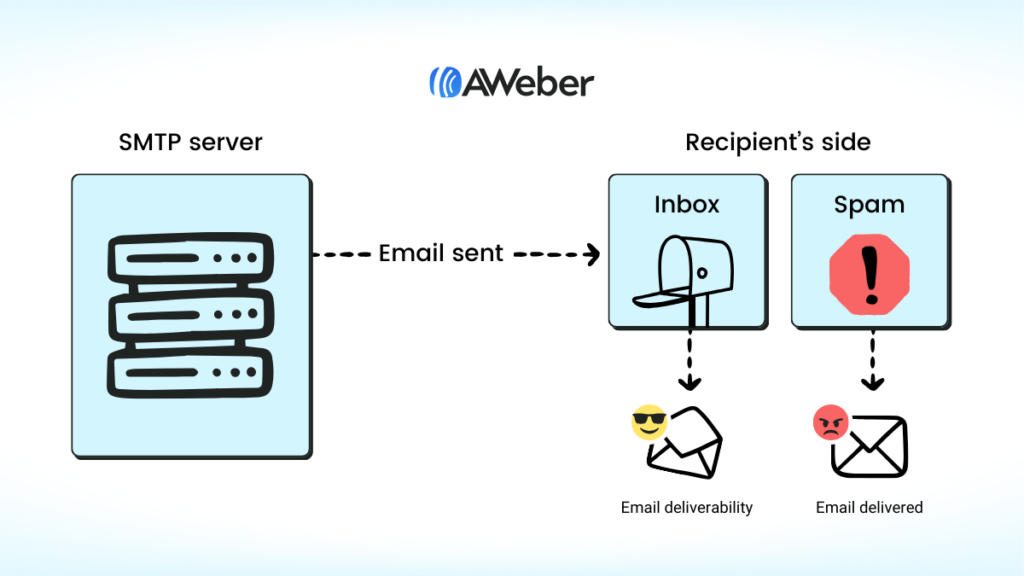Influencer marketing has quickly become an essential digital marketing strategy for businesses of all sizes. Last year, influencer ad spending was projected to reach a staggering $30.81 billion, increasing to $47.80 billion in the next three years.
Understanding what influencer marketing is, and how to apply it successfully today, demands niching down. If you’re a UK company, particularly if you’re a brand selling health-conscious or fitness products, you should consider working with local UK fitness influencers.
Read on to learn more about how to find and vet UK fitness influencers in 2024, alongside examples of 27 of today’s biggest creators.
Understanding the UK fitness influencer landscape
To better understand the landscape of today’s UK fitness influencers, we need to apply three key approaches: identifying them, analyzing their performance and evaluating their credibility.
Identifying key fitness influencers in the UK using Tagger
There’s no shortage of UK fitness influencers on social media. Due to the sheer number of active influencers today, you’ll likely need to use influencer marketing management tools like Tagger to measure your campaigns and find the right individuals for your brand’s identity.
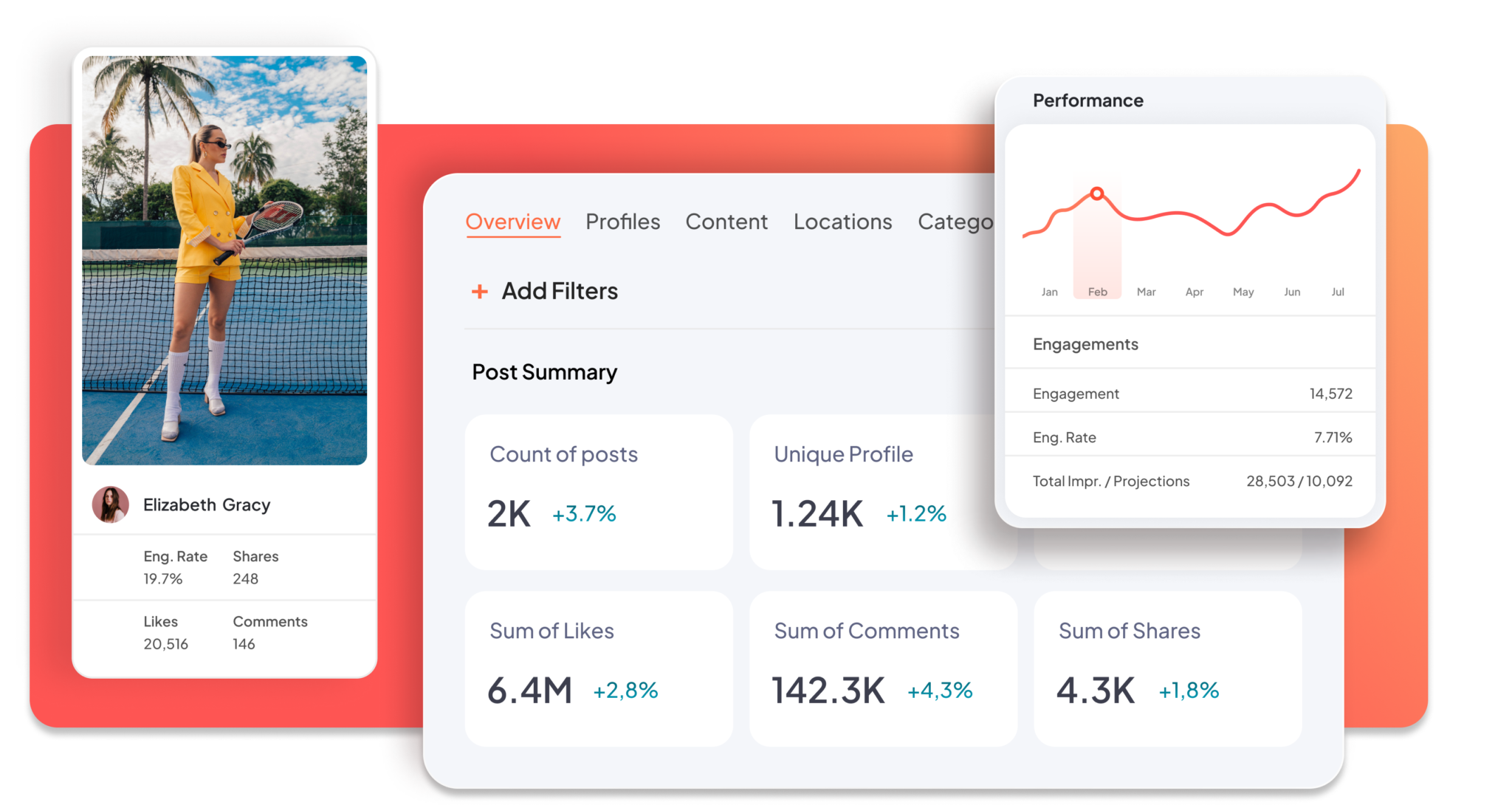
Within Tagger, you can access an extensive database of influencers to find the right person for your company. You can achieve this using thousands of search filter combinations, including filtering influencers by their follower count, or the total sum of shares their profile has achieved.
Evaluating the authenticity and credibility of fitness influencers
You’ll need to evaluate the credibility of any fitness influencers you’re considering working with. This involves making sure their engagement is legitimate, and that they follow compliance guidelines like those of the ASA (Advertising Standards Authority). The ASA is the UK’s independent advertising regulator across all forms of media, including social media marketing.
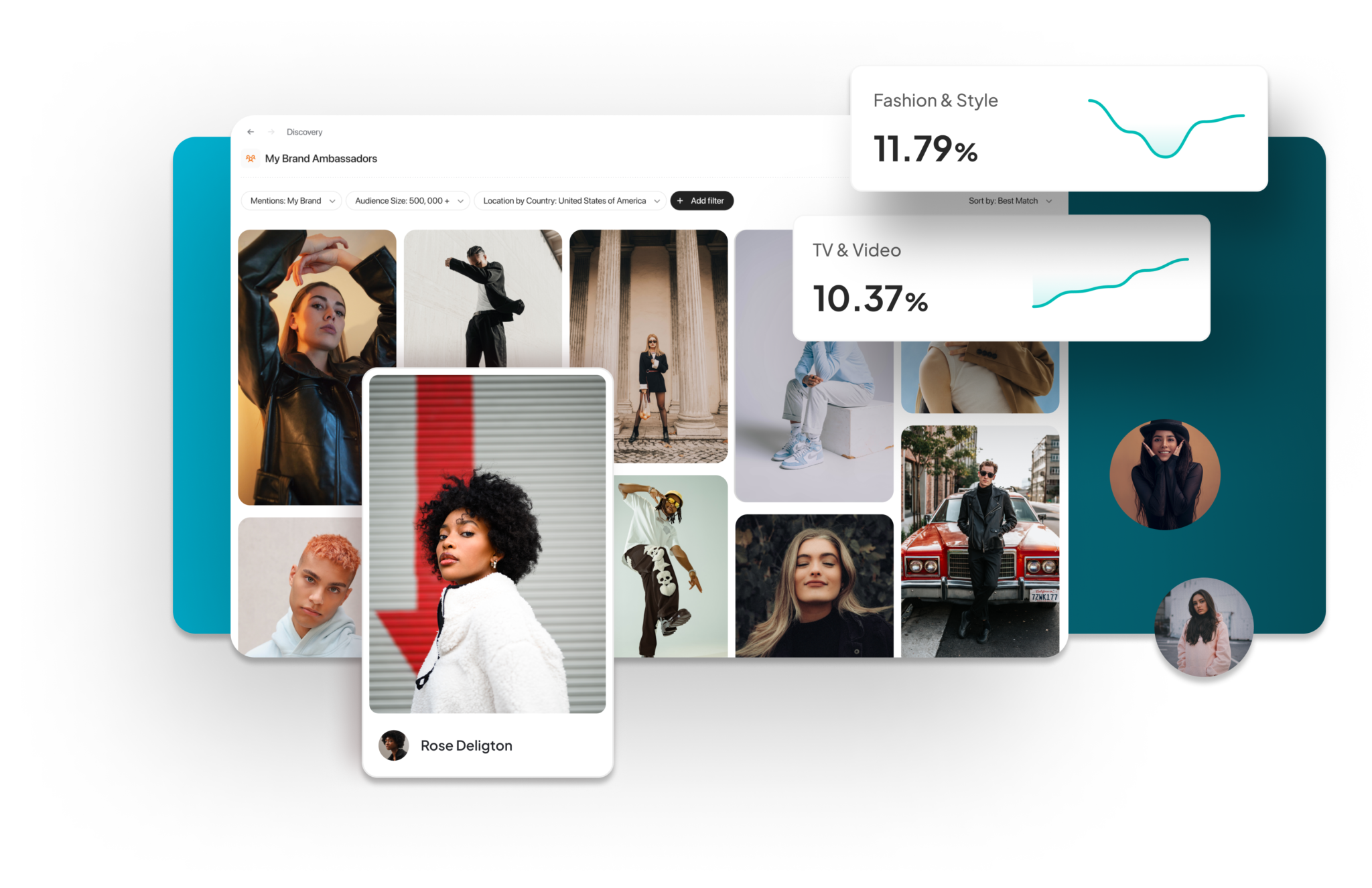
By using Tagger, you can ensure you’re always working with authentic influencers who align with your particular brand. If they pass your evaluations, you’re well on your way to mastering a successful influencer marketing strategy.
Analyzing audience demographics and engagement
Once you’ve started a campaign with a UK fitness influencer, you can continue to use Tagger to analyze individual influencer metrics, like post count or total sum of likes, as well as overarching trends and the performance of your influencer campaigns.

What to consider when choosing UK fitness influencers?
There are several factors you should consider when choosing between influencers, particularly the following:
Audience demographics and relevance to your brand
When analyzing audience demographics, you should make sure that an influencer has the same target audience as your company. This ensures they’re already engaging with your target customers, and means their content is likely more relevant to the needs of your business.
Engagement metrics: quality over quantity
It’s tempting to simply contact the UK fitness influencers with the highest engagement figures, but this isn’t always wise. For example, you may prefer an influencer who gets a lot of shares over someone who attracts a lot of reactions, depending on if you’re prioritizing reach or impressions in your campaign. Or, an influencer could have a high comment count that looks impressive but is mostly generated by bots. Always make sure you’re considering an influencer’s engagement quality, for example by selecting a few of their posts at random, and checking whether any comments are from legitimate accounts.
Authenticity and alignment with your brand values
Before you work with them, you need to make sure everything an influencer posts, even posts you’re not affiliated with, also aligns with your brand’s values. This mitigates risks for your company, as any issues that occur with an influencer’s career could negatively impact your reputation.
This authenticity, in terms of how professional and reliable an influencer is, can end up being just as important as other metrics to track influencer marketing success, like conversions and impressions.
Ensuring compliance with ASA guidelines
As the number of people becoming full-time influencers has increased, so too have guidelines and laws designed to regulate them. You need to ensure any of the fitness influencers you work with follow all current guidelines, particularly regarding advertising. A reliable set of guidelines are those published by the ASA.
Leading fitness influencers in the UK
Based on the factors above, here are some of the top fitness influencers in the UK today. We’ve used Tagger to filter influencers based on both YouTube and Instagram followings.
- Joe Wicks (@thebodycoach)– 4.7 million Instagram followers, 2.81 million YouTube subscribers
With an Instagram following of a whopping 4.7 million followers and close to 3 million YouTube subscribers, Joe Wicks is one of the most noteworthy UK fitness influencers today. His popularity skyrocketed during the COVID-19 pandemic, and he remains one of the most influential people in the UK fitness world. Wicks posts weekly workout videos on his YouTube channel, as well as healthy recipes and inspirational content on his Instagram.
- Tom Daly (@tomdaley) – 3.2 million Instagram followers, 1.18 million YouTube subscribers
Tom Daley is an Olympic gold medalist who has amassed a colossal social media following, becoming one of the biggest male UK fitness influencer examples in terms of reach. Tom posts regular vlogs on his YouTube channel, as well as occasional workout videos. He then also posts frequent diving and workout reels on his Instagram.
- Ryan Terry (@ryanjterry) – 2.5million Instagram followers, 191k YouTube subscribers
Ryan Terry is the 2023 Mr Olympia champion and a three-time winner of the Arnold Classic. He posts motivational reels on Instagram and lengthier workout videos on his YouTube channel.
- Gemma Atkinson (@glouiseatkinson) – 1.9 million Instagram followers
Former soap star and UK celebrity Gemma Atkinson has become one of the leading female UK fitness influencers in terms of followers. She combines motivational Instagram posts with her podcast, The Overshare, to provide advice on how to keep fit while being a mother.
- Kim French (@kimfrench87) – 1.6 million Instagram followers
Kim French launched the Believe by Kim French fitness app and has one of the largest Instagram followings of today’s UK fitness influencers. She posts multi-reels for workouts designed for specific body parts, as well as exercise advice.
- Matt Morsia (@mattdoesfitness) – 1 million Instagram followers, 2.26 million YouTube subscribers
Matt Morsia stars in the UK’s rebooted Gladiators TV show and has a substantial following on both Instagram and YouTube. He creates popular motivational Instagram posts, but his larger reach is on YouTube where he regularly creates training videos, alongside unconventional content like a house-building vlog.
- Gabby Dawn Allen (@gabbydawnallen) – 1 million Instagram followers
Former Love Island star Gabby Dawn Allen is one of the UK’s biggest Instagram fitness trainers. She hosts the What the Health show and posts lifestyle content alongside workout reels.
Female fitness influencers in the UK
Below are some of the biggest female UK fitness influencers working at the moment. To do this, we analyzed cross-platform correlations across Instagram and YouTube, and chose influencers who are all creating content in unique ways.
- Meggan Grubb (@meggangrubb) – 1.3 million Instagram followers, 536k YouTube subscribers
Meggan is one of the biggest UK fitness influencers on Instagram and has a growing presence on YouTube. She founded both the clothing brand Move with Blue and the Beyond app for women’s fitness, and regularly posts exercises, meal plans and parental advice.
- Natacha Oceane (@natacha.oceane) – 1 million Instagram followers, 1.7 million YouTube subscribers
Natacha is a biophysicist who curates training programs approved by the Team GB Olympic Team. She posts exercise tips on her Instagram, and workout routines on her YouTube channel.
- Courtney Black (@courtneydblack) – 838k Instagram followers, 61k YouTube subscribers
Courtney is one of the fastest-growing UK fitness influencers with a huge Instagram following. She hosts live workouts through the Courtney Black app, and also posts workouts and dieting advice on her Instagram and YouTube channel.
- Chessie King (@chessieking) – 705k Instagram followers
Chessie is an experienced social media influencer, who’s worked with some of the biggest names in fitness, including Nike and Adidas, and creates short motivational workouts and lifestyle reels.
- Lucy Davis (@lucydavis_fit) – 671k Instagram followers, 254k YouTube subscribers
Lucy styles herself as the “no BS fitness girl” and posts regular workouts and exercise reels on her Instagram. On her YouTube channel, she posts vlogs about her fitness achievements as well as hybrid fitness challenges.
Male fitness influencers in the UK
The following represent a few of the notable male UK fitness influencer examples on social media today, which we found using the same strategy as in the above section.
- Simon Chu (@striking.coach) – 1.2 million Instagram followers
Simon is a Muay Thai coach with a gym based in Leeds. He posts sparring videos on his Instagram and has several online tutorials hosted on his website.

- Michael Griffiths (@mac_griffiths) – 1 million Instagram followers
Michael is a former Love Island contestant with a notable Instagram following. He works as a transformation coach, and posts workout routines alongside collaborations with fellow Love Island alumni, boxer Tommy Fury.
- McKenna Crisp (@mckennawcrisp) – 696k Instagram followers
McKenna is a Gymshark athlete and frequently shares updates of his workout journey on Instagram.
- Alex Beattie (@alex.beattie) – 627k Instagram followers
Another former Love Island contestant, Alex now promotes muscle strength and weight loss training routines through his workout reels and motivational posts.
- Wayne Bridge (@waynebridge03) – 276k Instagram followers
Wayne is a former Premier League footballer. He now uses his Instagram to promote how he keeps fit in retirement. Wayne is an older fitness influencer, which is far less common across the industry. If you were looking to market your products to an older audience, you could use Tagger to filter influencers by age, and find more influencers with an audience similar to Wayne’s.
YouTube fitness influencers in the UK
Influencers tend to use YouTube to post longer content. This is worth remembering if you’re looking to start any influencer campaigns, as the different types of content available on each platform, and the demographics of their user bases, will impact your overall reach.
These five YouTube influencers create fitness videos, as well as more experimental viral videos, and were chosen using Tagger’s filters for UK fitness influencers with high YouTube subscriber counts.
- Eddie Hall (@eddiehallwsm) – 2.87 million YouTube subscribers
Former World’s Strongest Man Eddie Hall has one of the most successful YouTube channels of any current UK fitness influencer. He creates sparring videos with other famous sportspeople, workouts, eating challenges and viral content.
- Lucy Wyndham-Read (@lucywyndhamread) – 2.38 million YouTube subscribers
Lucy’s home workout fitness channel has over 1,000 workout videos, with some of her most popular videos regularly amassing millions of views. She’s also published several workout and diet plans on her website.
- Joe Fazer (@JoeFazer) – 1.53 million YouTube subscribers
Joe has grown to become one of the biggest male UK fitness influencer figures on YouTube. His videos regularly reach millions of views and involve fitness challenges, vlogs, and body transformation advice.
- Gabriel Sey (@GabrielSeyOfficial) – 410k YouTube subscribers
Gabriel Sey has published over 700 videos on YouTube since starting his channel over a decade ago. Several of his fitness tips videos have exceeded a million views, and he also posts vlogs about his fitness journey, alongside diet advice.
- Lottie Murphy (@LottieMurphy) – 398k YouTube subscribers
Lottie Murphy creates approachable pilates and flexibility videos on her popular YouTube channel and hosts more in-depth routines on her website.
Instagram fitness influencers in the UK
Fitness is well-suited to Instagram thanks to its focus on photo and video content. These five UK Instagram influencers all have huge followings and evidence the growing popularity of fitness influencers on the platform.
- Lucy Mecklenburgh (@lucymeck1) – 1.7 million Instagram followers
Lucy Mecklenburgh is a former UK reality TV star, having appeared in The Only Way is Essex as well as several other shows. Alongside lifestyle content, she uses her Instagram to promote dietary advice and fitness tips, and launched the Results Wellness Lifestyle app to support women looking to lose weight.
- Danielle Peazer (@DaniellePeazer) – 1 million Instagram followers
Danielle is a wellness influencer who specializes in dance workouts. She creates dance workout and exercise reels on Instagram and YouTube, whilst also posting lifestyle advice.
- James Stirling (@london_fitness_guy) – 983k Instagram followers
James posts home workout content that uses minimal equipment, which has helped him nurture a huge Instagram follower count. He also offers more intensive workouts through his fitness app, PWER.

- Claressa Shields (@claressashields) – 824k Instagram followers
Claressa is an undisputed boxing champion and former Olympic athlete. On her Instagram, she posts motivational content, sparring sessions, and pre-fight exercise routines.
- Talia and Giulia Harte (@thehartesisters) – 810k Instagram followers
The Harte sisters are former Team GB skiers who now manage their own UK fitness influencer careers. They publish workout reels on Instagram, often with both beginner and advanced options or variations for home and gym workouts.
How to start marketing with UK fitness influencers
You should now have a greater understanding of how to find UK fitness influencers in your niche, as well as some of the biggest names promoting fitness content. If you’re planning to start utilizing influencer marketing in your business, you’ll need the right tools for the job. Learn about some of the best influencer marketing tools available in 2024 to find the right UK-based influencer to power your next campaign.
The post Powerful UK fitness influencers for your next campaign appeared first on Sprout Social.
from Sprout Social https://ift.tt/JU5rxQj
via IFTTT














